



Educating for American Democracy: Design Challenge 2
14 items

Justice for All
Lesson - 9 Activities
Lesson
9 Activities
95 Min
What were the Founders’ concepts of justice, liberty, and rights and where did those concepts came from? How have these ideas changed over time? Use these primary sources to analyze.
95 Min
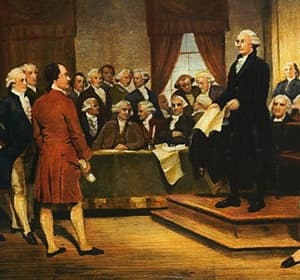
The Constitution
Lesson - 5 Activities
Lesson
5 Activities
145 Min
In 1787, many Americans were concerned that the Articles of Confederation did not grant enough power to the central government to protect the rights of the people. Under the Articles, the national government was unable to regulate commerce, taxation, currency, treaties, and protect the rights of individuals and states. The states called a delegation to meet in Philadelphia in the summer of 1787 and from that convention the new Constitution was born.
145 Min

Equal and Inalienable Rights
Lesson - 3 Activities
Lesson
3 Activities
All humans are born with equal inherent rights, but many governments do not protect people's freedom to exercise those rights. The way to secure inalienable rights, the Founders believed, was to consent to giving up a small amount of our freedom so that government has the authority to protect our rights. Freedom depends on citizens having the wisdom, courage, and sense of justice necessary to take action in choosing virtuous leaders, and in holding those leaders to their commitments.

The Role of Government
Lesson - 9 Activities
Lesson
9 Activities
The Framers of the U.S. Constitution knew that the new government they crafted must be more powerful and effective than the government under the Articles of Confederation. They studied history and human nature to create a government strong enough to promote the public good, but not so strong that it would become a threat to individual liberties.
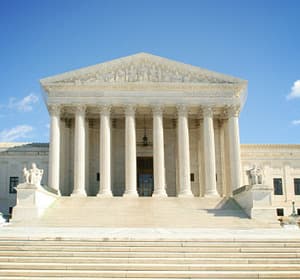
Separation of Powers with Checks and Balances
Lesson - 5 Activities
Lesson
5 Activities
85 Min
The Founders understood the principle expressed by the British historian, Lord Acton, “All power tends to corrupt; absolute power corrupts absolutely.” Through the complex system of checks and balances developed in the U.S. Constitution, they sought to assure that no person or branch of government could exercise unrestrained power. As James Madison advocated in Federalist No. 51, ambition should counteract ambition in a fashion that advances the public good.
85 Min
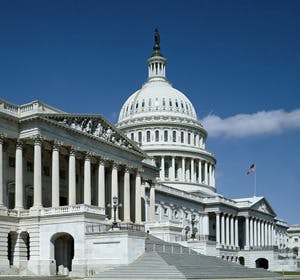
Republican Government
Lesson - 3 Activities
Lesson
3 Activities
While many people today use the terms “republic” and “democracy” interchangeably, America’s Founders saw important differences between the two forms of government. Distrustful of democracies, they were skeptical about the protection of individual rights in a system that functioned simply by majority rule. The Framers of the United States Constitution instead crafted a constitutional republic based on majority rule but included structures to curb its excesses and protect essential liberty interests.
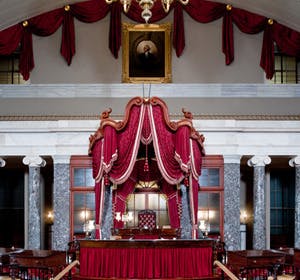
Due Process of Law
Lesson - 9 Activities
Lesson
9 Activities
90 Min
The principle of due process of law means that the government must follow duly-enacted laws when it seeks to restrict or deny fundamental rights, including a person’s rights to life, liberty, or property. In essence, it means that the government must treat its citizens fairly, following laws and established procedures in everything it does. It is the commitment to this principle that makes the United States, as John Adams once noted, “a government of laws, and not of men.”
90 Min

The Structure of the National Government
Lesson - 5 Activities
Lesson
5 Activities
305 Min
The Framers thought the best way to protect the rights of citizens would be through a government powerful enough to fulfill its constitutional obligations yet limited enough to prevent it from encroaching on the rights of individuals. A large national republic that divided power horizontally (within governments) and vertically (among different levels of government—local, state, and national) seemed the best way to achieve their goals.
305 Min
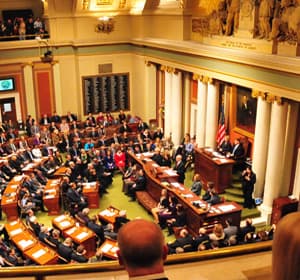
State and Local Government
Lesson - 7 Activities
Lesson
7 Activities
90 Min
From the Founding generation to the present day, controversy continues regarding the proper division of power between state and national government. What the Founders did not find debatable was the wisdom of dividing power both among and within governments. In short, they considered the federal system to be a critical part of the American constitutional order.
90 Min

Communities
Lesson - 1 Activities
Lesson
1 Activities
55 Min
Though not always in the media spotlight, the communities with which a person interacts on a daily basis are important political units. It is citizens’ interaction with their communities that largely determines their happiness and safety.
55 Min

Responsibilities of Citizenship
Lesson - 3 Activities
Lesson
3 Activities
55 Min
This lesson provides activities that help students analyze characteristics of good citizenship.
55 Min
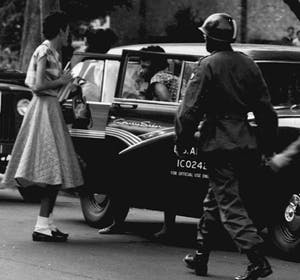
Diversity as an American Value
Lesson - 10 Activities
Lesson
10 Activities
125 Min
The Founders established a republic as the first nation in world history to be based upon principles of liberty, justice, and equality. The nation’s diversity has put our stated ideals and principles to the test repeatedly as one group after another works to align law and culture with our high principles. In this lesson students will use primary sources to examine questions of racial equality and religious diversity.
125 Min
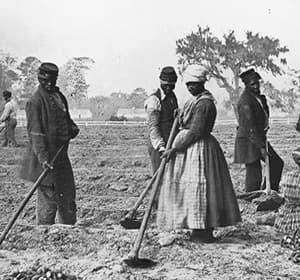
Slavery and the Constitution
Lesson - 11 Activities
Lesson
11 Activities
105 Min
Today there are few more controversial topics in the study of American history and government than the issue of slavery and the Constitution. On the surface, the Constitution seemed to protect slavery in the states, prohibited Congress from banning the slave trade for twenty years, and required that fugitive slaves, even in the North, be returned to their masters. Because of these apparent constitutional protections, a bloody Civil War was fought to free the slaves and win ratification of the Thirteenth Amendment to end slavery in the U.S. forever. The Constitution, therefore, in the eyes of some scholars, seems to be a contradiction to the universal ideals of liberty and equality in the American Founding and the Declaration of Independence which proclaimed “all men are created equal” and endowed with “Life, Liberty, and the pursuit of Happiness.”
105 Min
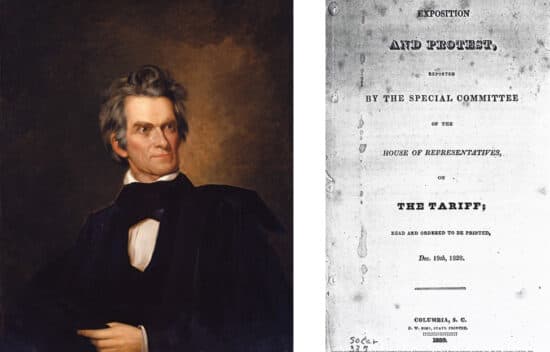
Unit 3 Civics Connection: Liberty and Union
Lesson
Lesson
115 Min
A review lesson for Unit 3 (1800-1844) that discusses the different ways that the Founding principles were interpreted during the nation's first fifty years.